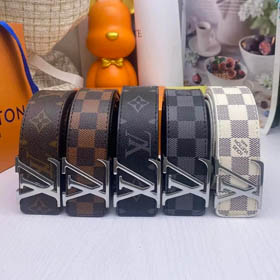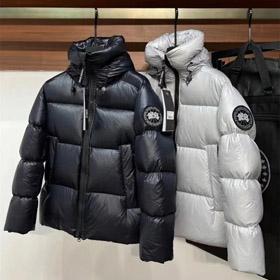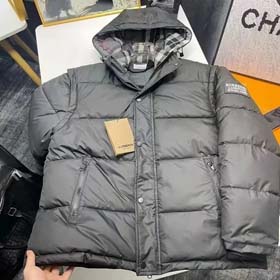The Story of Supreme: A Streetwear Icon
When it comes to streetwear, few brands have achieved the iconic status of Supreme. Founded in 1994 by James Jebbia, Supreme started as a small skate shop in downtown Manhattan. Over the years, it has grown into a global phenomenon, synonymous with urban culture, limited-edition releases, and a fiercely loyal fanbase.
Supreme's rise to fame can be attributed to its unique approach to branding and marketing. Unlike traditional fashion houses, Supreme has always stayed true to its roots in skateboarding and hip-hop culture. The brand is known for its bold graphics, minimalist designs, and the iconic red box logo. Each piece of clothing or accessory is crafted with the utmost attention to detail, making every release a coveted item among enthusiasts.
One of the key elements of Supreme's success is its strategy of limited releases. The brand drops new collections every Thursday during the season, often leading to long lines outside its stores and online sell-outs within minutes. This scarcity creates a sense of exclusivity, driving demand through the roof. Whether it's a collaboration with luxury brands like Louis Vuitton or artists like Takashi Murakami, Supreme has mastered the art of hype.
Supreme's influence extends beyond fashion. The brand has become a cultural icon, influencing music, art, and even mainstream media. Its collaborations with musicians, filmmakers, and artists have helped cement its place in popular culture. From its early days as a skate shop to its current status as a global powerhouse, Supreme has remained true to its rebellious spirit.
For those looking to explore Supreme's latest collections, this external link
In conclusion, Supreme's story is one of authenticity, creativity, and cultural impact. It’s a brand that has stayed true to its roots while continuously reinventing itself. For anyone interested in streetwear, Supreme is a must-know name—and its journey is far from over.



















